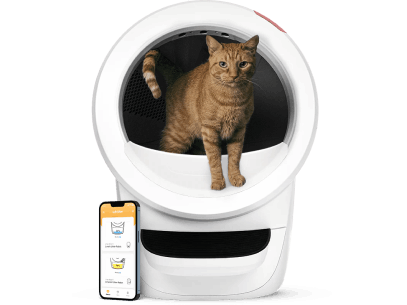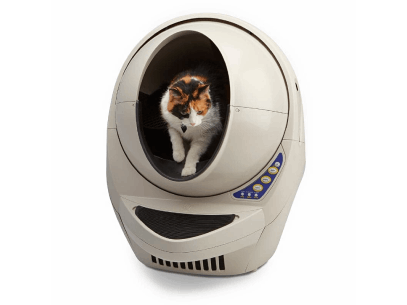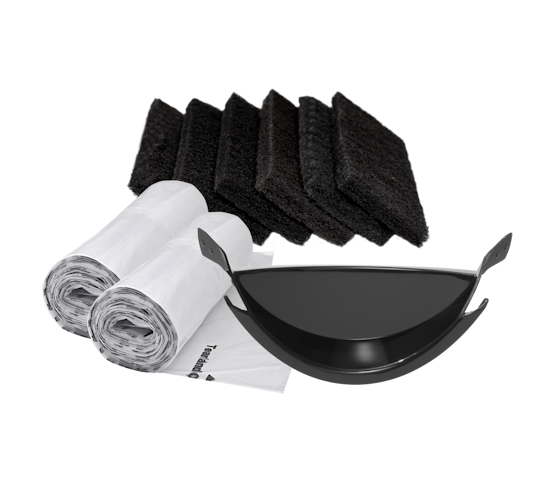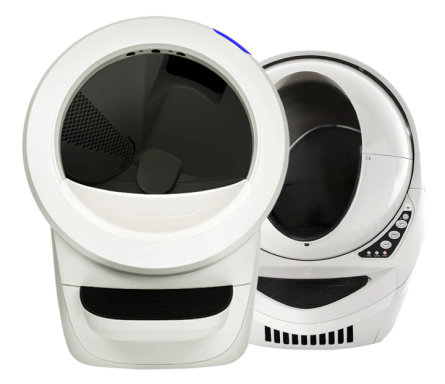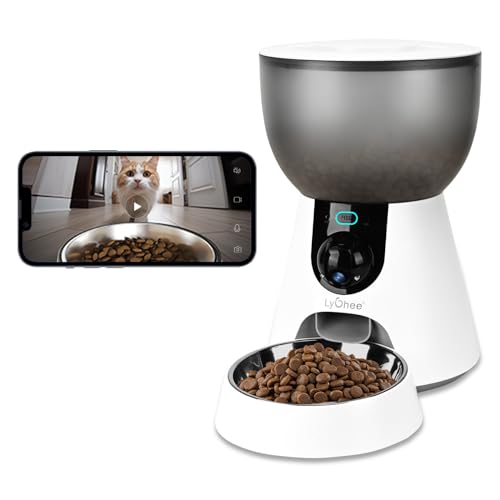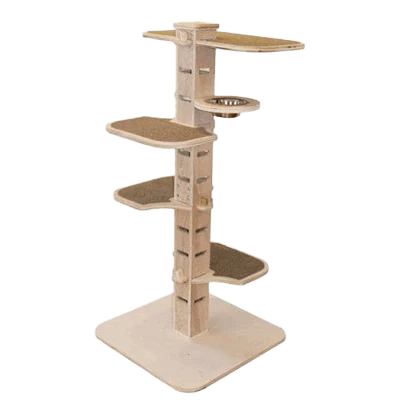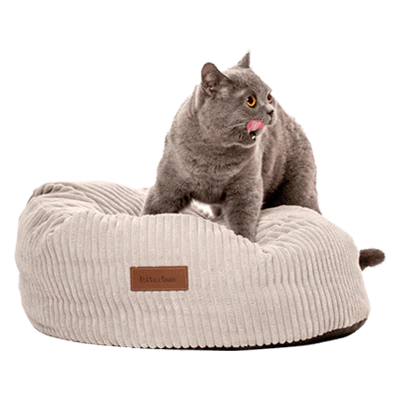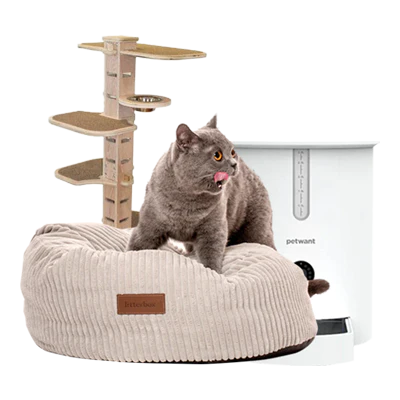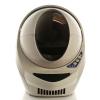There are 2 sensors that work together to monitor if the drawer is full and needing the liner removing and replacing. The indication is a blue flashing light, and when it starts flashing, the Litter-Robot will continue to cycle automatically for approximately further cycles, allowing a little time to attend to the change of litter bag. Pressing RESET will cancel the DFI flashing, but if the drawer is full, the sensors will action flashing again.
The sensors work by sending beams from one sensor to the other, and if the beam is interrupted, the blue light will flash as the Litter-Robot thinks the drawer needs to be emptied.
A full tray (with soiled clumps sitting above the tray edge level) will cause the indication, as will a litter bag not well fitted protruding about the tray edge into the sensor zone.
The sensors will also action if they fail. A quick check is to use a mobile phone and view the left hand side sensor, from the base cavity, with the waste drawer removed. There should be 4 flashing lights, roughly each second, showing. A small vid of this may also help. Failed sensor requires replacement, and customer service needs to be contacted to assist at sales@catevolution.com.au
The sensors will also action if they have dirt or debris on them. During the normal cycle process, dirty litter drops past the sensor covers, and may leave debris behind. Also, if the waste tray is routinely over filled between changing liners, dirty litter may travel up onto the sensors, and the pinch detectors, creating interruptions. Litter type, and dust produced as well as how well it clumps, can leave debris on the sensor covers. A good practice is to clean the sensors from time to time, as part of the deep cleaning process (review here: https://www.youtube.com/watch?v=Am3-zpylNdw ) to ensure your Litter-Robot is well maintained and in working order.
The sensors are located to the left and right, inside the top of the base. You can either remove the waste tray and look up to the top, left and right of the Chute where the dirty litter drops into the tray, or you can disassemble the Litter-Robot, removing bonnet and globe, and look into the Chute from the top of the base.
The sensors look like this:

The clear covers can be cleaned with a soft damp cloth or baby wipes, removing any stuck on particles. Do not touch or wet the green board, which is within the cover. The cover does have an open bottom, so over filling the tray is not recommended in case you get debris into the sensor itself.

This DFI cover is not well cleaned. Dirt has risen up from the bottom of the open case, most likely from very full waste drawer, and maybe compromising the operation of the sensor as debris is mistaken for a full tray. The cover needs to be carefully cleaned completely, with soft damp cloth to avoid scratching the plastic surface. Do not remove the cover to clean – wiping the front well should be sufficient, if done regularly.
If you are unsure, or need further assistance, please contact customer service by email at sales@catevolution.com.au .
Feel free to post comments and feedback on facebook @catevolution.com.au or provide a photo of your cleaning success on Instagram at Catevolution1 and hashtag #catevolution1
Loving the Urban Lifestyle
Mary & Shadow
www.catevolution.com.au
